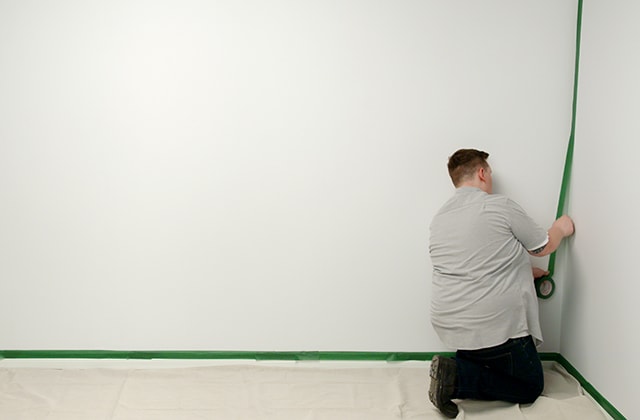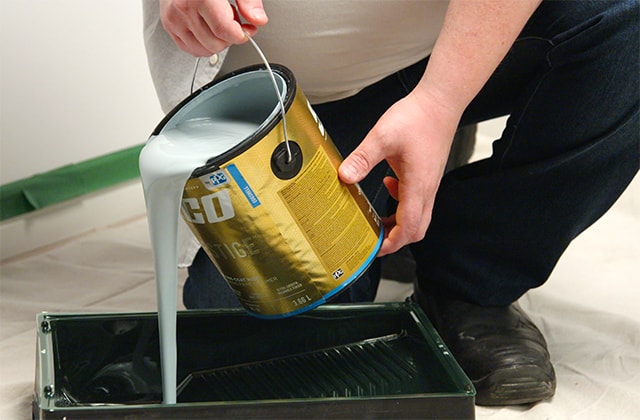1
Select a Design
To create a wallpaper look, repetition and consistency are key. Keep in mind that the larger the pattern, the more you’ll lose this effect. The goal is to have a large number of repetitions.
Keep the following in mind when choosing your design:
We chose a trendy herringbone pattern.
Keep the following in mind when choosing your design:
- Pattern: There are endless options, from lines to brush strokes to dots. Simple, geometric shapes are easier to reproduce.
- Colours: You can go for a soft two-toned look or opt for greater contrast by using complementary colours. The sky is the limit!
- Technique: Freehanded or stenciled or stamped? Brush or sponge? Freehanding with a sponge will create a slightly imperfect and textured pattern that would give the space a boho feel, while using a stencil and a brush will help you nail a sleeker look. A stamp is also a useful tool to fake the look of wallpaper.
We chose a trendy herringbone pattern.






















